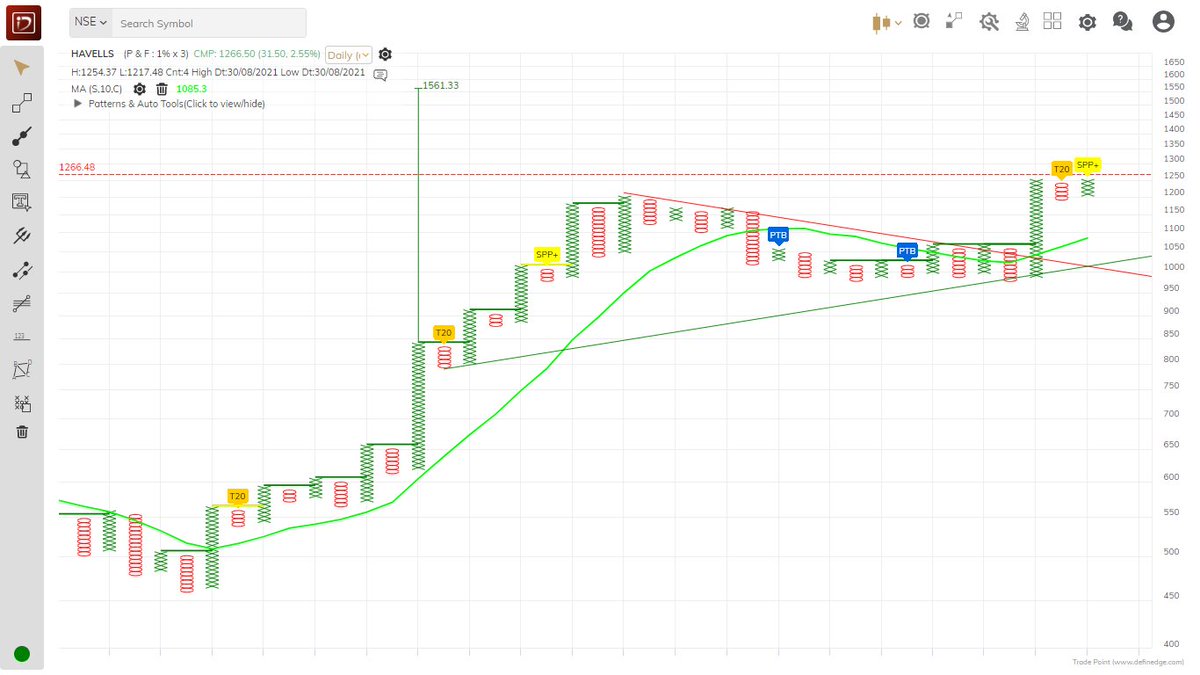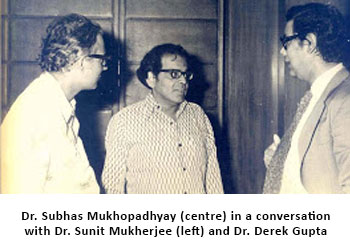#HAVELLS has broken out of a flag correction & at the neckline of a rounding bottom pattern
RSI & MACD showing bullish bias
If the stock is able to trade above 1480-85, it may move towards 1625 ( acc. to rounding bottom)/ 1685 (acc. to flag & pole pattern)
#Nifty #stocks

More from Techno Prince
More from Havells
HAVELLS
Double Top Buy, Super Pattern - Bullish & T20 Pattern - Bullish above 1266.91 daily close on 1% Box Size chart. https://t.co/78Tb2dKZkm

Double Top Buy, Super Pattern - Bullish & T20 Pattern - Bullish above 1266.91 daily close on 1% Box Size chart. https://t.co/78Tb2dKZkm

HAVELLS
— Saket Reddy (@saketreddy) January 5, 2021
DTB above 921.43 daily close (Closed above it today) on 1% box size chart, DTB active on 3% chart.
I would still stick to my earlier point that 1250-1300 is the next logical supply zone. https://t.co/9SyiHd90qg pic.twitter.com/LjtqKvX1Ld
HAVELLS
Double Top Buy above 1485.56 daily close on 1% Box Size chart. https://t.co/zY8JwRIZUu

Double Top Buy above 1485.56 daily close on 1% Box Size chart. https://t.co/zY8JwRIZUu

HAVELLS
— Saket Reddy (@saketreddy) August 30, 2021
Double Top Buy, Super Pattern - Bullish & T20 Pattern - Bullish above 1266.91 daily close on 1% Box Size chart. https://t.co/78Tb2dKZkm pic.twitter.com/4lWz25jGgk






























